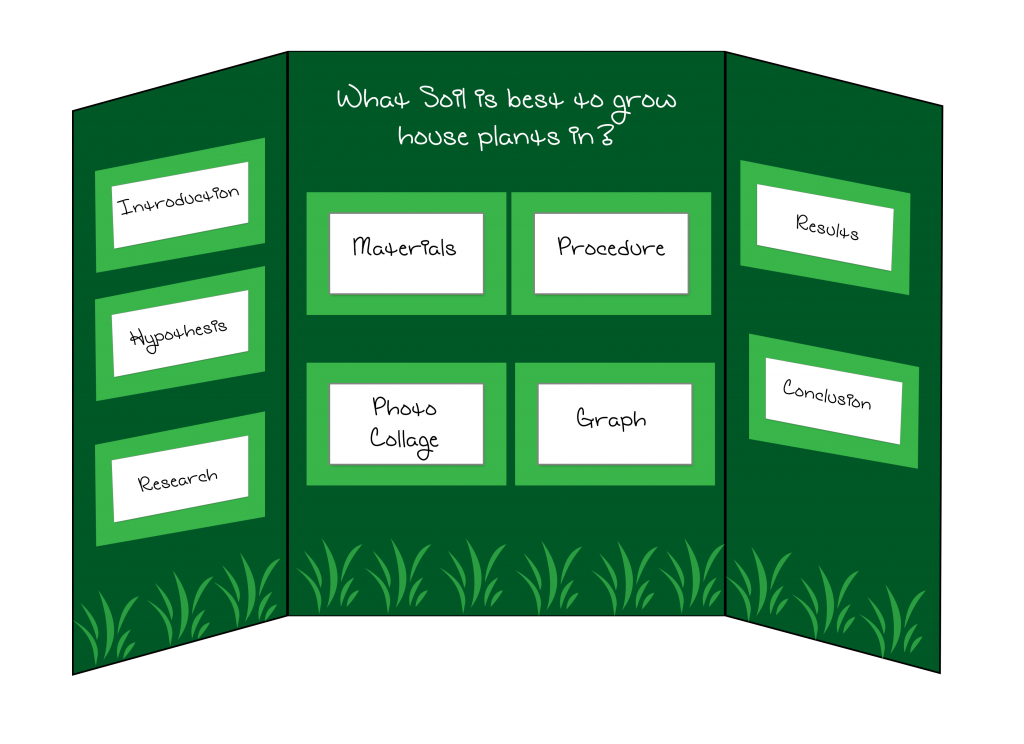You are reading Why Should I do a Science Fair Project? which appeared first on Elemental Blogging.

As homeschoolers we tend to skip over the science fair project because it appears daunting, but it is an excellent tool for giving our students hands-on experience with the scientific method. I have learned through my teaching and research experience that to truly understand science, one must be familiar with this fundamental process. All students need to have the scientific method demonstrated repeatedly for them and they need to have utilized the process over and over again in experiments until it has become a natural habit. The science fair project is a vital tool the teacher can use with his or her students to increase their understanding and familiarity with the scientific method.
What Should the Science Fair Project Look Like?

The Science Fair Project
In essence this assignment is an in-depth experiment which will take several weeks to complete. The science fair project follows the steps of the scientific method from start to finish, plus two extra steps for sharing their work. The eight steps needed to complete the science fair project are:
- Choose a Topic
- Do Some Research
- Formulate a Hypothesis
- Design an Experiment
- Perform the Experiment
- Analyze the Data
- Create a Board
- Give a Presentation
Once a school year, students should complete a science fair project. The first time they do this, you will need to thoroughly explain each step and coach the student through the entire process. They will need you to work alongside of them as an adviser from the time they formulate their question until they polishes up their presentation, so that they will learn the process correctly from the beginning. As the students become more familiar with the scientific method, they will be able to do more of the work on their own.
It is also important to have the students present their project to a group and answer related questions from them. This will reinforce what they have learned as well as help them to discern how to communicate what they know. The best way to achieve this is to have the students participate in a Science Fair where their project will be judged, but if that’s not possible for your student, don’t skip this component. The student can still present his project to his family or a group of his peers.

When Should a Student do a Science Fair Project?
The students doing a science fair project should be able to read fairly well on their own. They should also be able to summarize what they have learned from reading several paragraphs of non-fiction material. They should be starting to learn how to apply what they have learned to a new situation that is before them. This is why we recommend beginning to do a science fair project with your students once they are in 5th grade. As the students progress into high school, the science fair project is still a beneficial tool, but not as essential as it is to the in middle school student.
The science fair project is an essential component of an excellence science education for middle school students. These students need to experience the scientific method from start to finish in a real and practical way. In the coming weeks, I will be sharing more about the 8 steps of the science fair project.
If you've enjoyed this post, consider leaving a comment or joining Elemental Science on Twitter, Facebook or Google+.
 Thank you for subscribing to Elemental Blogging. As a way of saying thanks, I'd like to give you a FREE checklist for homeschool science education. You can download your copy here!
Thank you for subscribing to Elemental Blogging. As a way of saying thanks, I'd like to give you a FREE checklist for homeschool science education. You can download your copy here!

